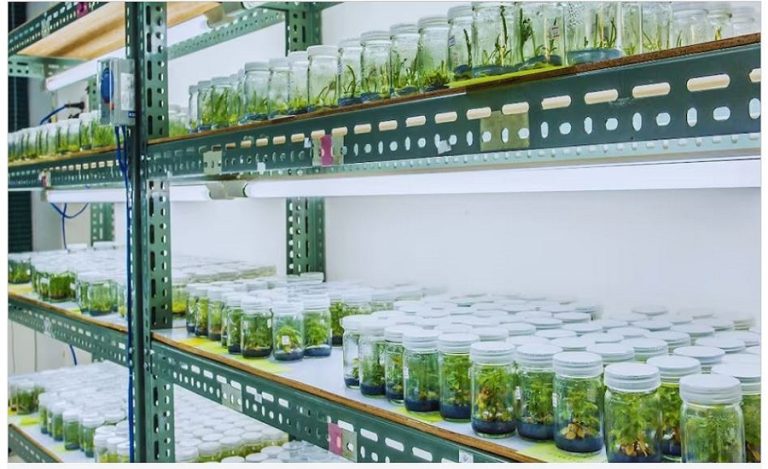Union Minister for Environment, Forest and Climate Change, Mr. Bhupender Yadav, released a report on the status of leopards in India, on 29 February 2024, in New Delhi. The fifth cycle of leopard population estimation (2022) in India focused on forested habitats within 18 tiger states, covering four major tiger conservation landscapes.
Camera traps were strategically placed at 32,803 locations, resulting in a total of 4,70,81,881 photographs, and 85,488 photo-captures of leopards alone. It was carried out by the National Tiger Conservation Authority and Wildlife Institute of India, in collaboration with state Forest Departments as part of the quadrennial Monitoring of Tiger, co-predators, prey and their habitat exercise in tiger range states.
India’s leopard population is estimated at 13,874 (range:12,616-15,132) individuals, representing stable population. This estimate represents a population of 70% of leopard habitat.
Central India shows a stable growing population of leopards (2018: 8071, 2022: 8820), while Shivalik hills and Gangetic plains experienced decline (2018: 1253, 2022: 1109).
Madhya Pradesh houses the largest population of leopards in the country – 3907 (2018: 3421), followed by Maharashtra (2022: 1985; 2018: 1,690), Karnataka (2022: 1,879; 2018: 1,783) and Tamil Nadu (2022: 1,070; 2018: 868). Tiger Reserves with the highest leopard population are Natarajasekar Srisailam (Andhra Pradesh), followed by Panna (Madhya Pradesh), and Satpura (Madhya Pradesh).
Since leopards’ survival outside protected areas is equally important, collaborative efforts involving government agencies, conservation organizations, and local communities are essential to enhance habitat protection and mitigate human-wildlife conflict.
Amidst habitat loss, human-wildlife conflict, and poaching, the National Tiger Conservation Authority (NTCA) spearheaded the fifth cycle of leopard population estimation, shedding light on the status and trends of these elusive big cats.




























